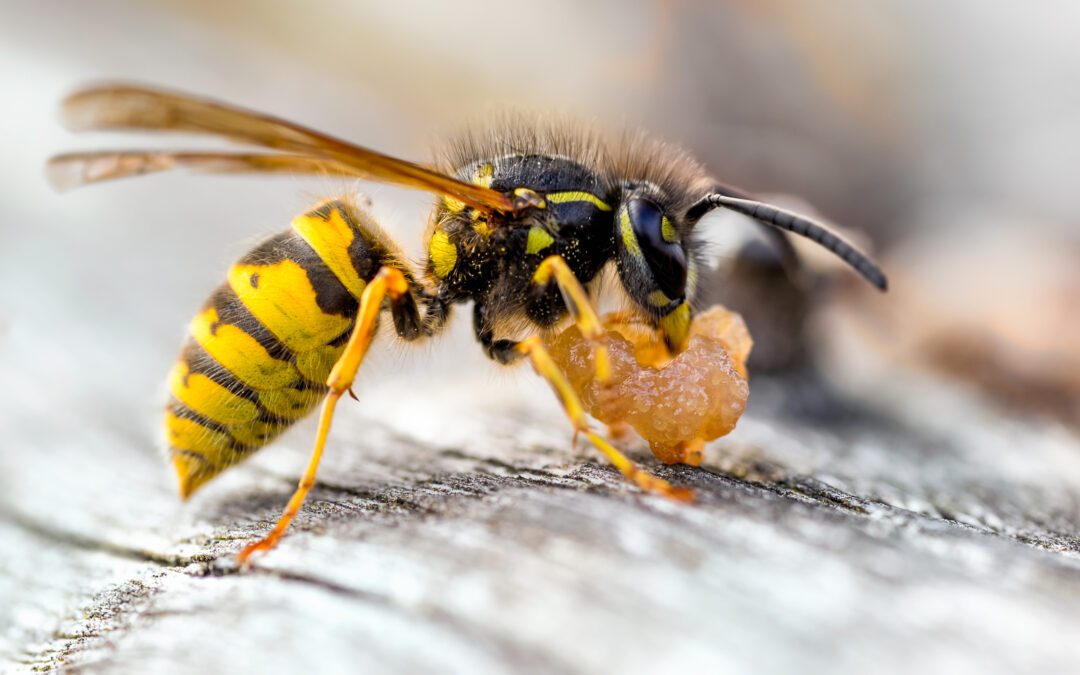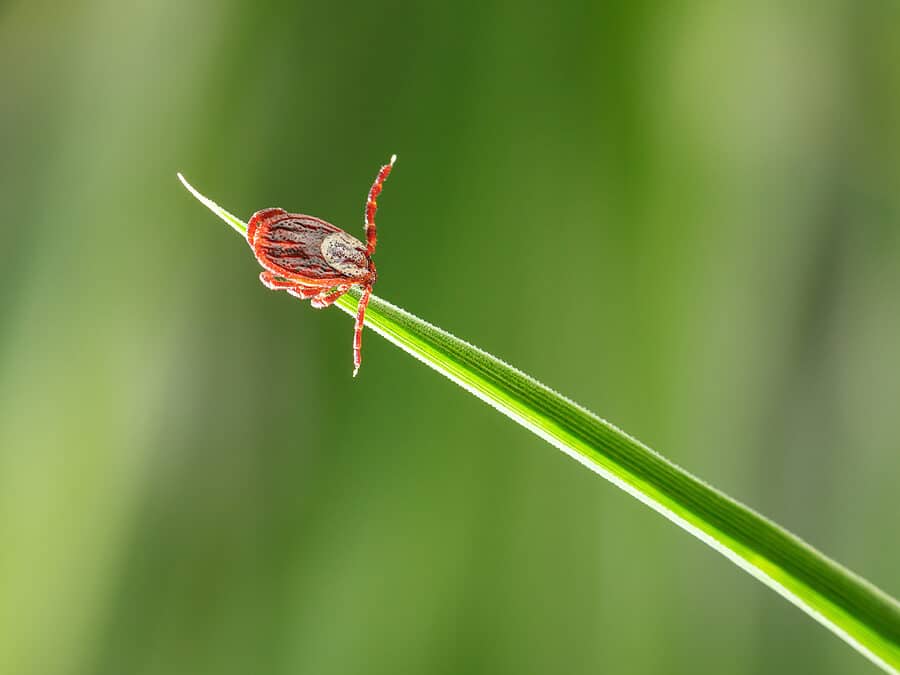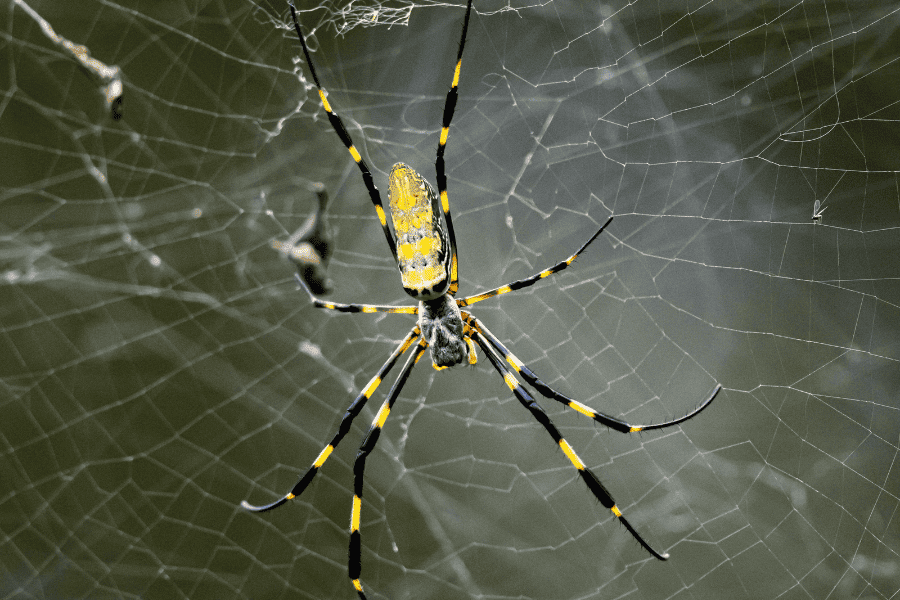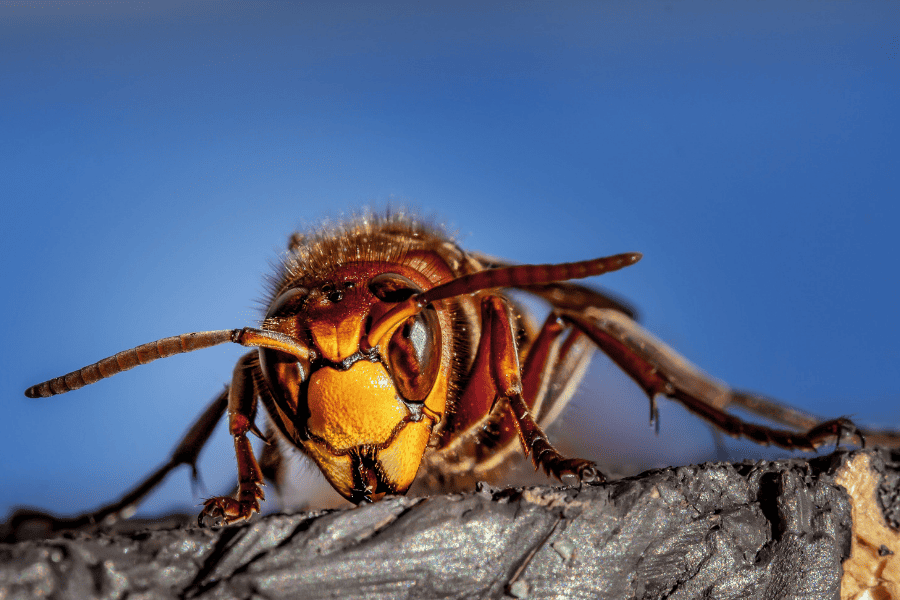READY TO GET STARTED?
REQUEST A FREE ESTIMATE
Fill out the form below or call (888) 466-7849 for a free, no-obligation estimate.

Bees are some of Georgia’s most essential pollinators, yet they face increasing threats from habitat loss, pesticides, and climate change. For homeowners looking to cultivate beautiful and eco-friendly gardens, planting bee-friendly plants can provide a non-toxic environment for these critical pollinators, all while enhancing the vibrancy of backyard spaces.
This blog explores the best bee-friendly plants for Georgia gardens, including native flowers, beneficial herbs, and flowering trees and shrubs. Whether you’re a seasoned gardener or just starting your green-thumb journey, these plant recommendations will help you create an inviting habitat that supports pollinator health.
Before we dig into plant recommendations, it’s important to highlight why bee-friendly gardens matter:
By including the right plants, you enable bees to thrive while also enjoying a more stunning, productive backyard. Now, let’s explore the best options for your Georgia garden.
Georgia’s climate is rich in biodiversity, making it an ideal environment for native flowers. These plants naturally thrive in the region’s soil and climate while offering crucial resources to native bees.
Purple Coneflower is a favorite among gardeners and pollinators alike. With its daisy-like petals and vibrant purple hue, this perennial attracts numerous bee species, including bumblebees and carpenter bees. It’s hardy, drought-resistant, and blooms throughout summer, providing lasting nourishment.
Known for its golden-yellow petals and dark centers, Black-Eyed Susan is a pollinator magnet. These vibrant flowers not only attract bees but also support butterflies and songbirds.
Coreopsis, often called “tickseed,” is a cheerful perennial that thrives in Georgia gardens. Bees love their bright yellow flowers, which bloom prolifically when exposed to full sunlight.
Lavender serves a dual purpose in gardens, offering a soothing fragrance to humans and a rich source of nectar to bees. Its tall, purple flowering spikes are irresistible to a variety of pollinators.
While most people grow basil for its culinary uses, it’s also a bee-loving herb if allowed to flower. Its small clusters of white or purple blooms provide nutrients for pollinators throughout the season.
Rosemary’s evergreen foliage and tiny blue blooms make it a favorite in Georgia gardens—both for pollinators and gardeners. Its flowers can appear even in winter, providing much-needed nectar during colder months.
Flowering trees and shrubs create a stunning visual centerpiece in your yard while offering significant benefits for pollinators. These larger plants serve as vital food sources and shelter for bees in your region.
One of Georgia’s most beloved native trees, the Redbud graces gardens with its vibrant pink blossoms in early spring. Its flowers are among the first food sources for bees after winter hibernation.
The Tulip Poplar, often referred to as the “bee tree,” features distinct yellow-green flowers that are highly attractive to bees. This towering tree is a staple for pollinators looking for abundant nectar.
Nothing captures the beauty of Southern gardens quite like the Southern Magnolia. Its large, fragrant white blossoms are not only a visual feast but also a rich nectar source for native pollinators.
After selecting the right plants, the following tips will ensure your Georgia garden remains a bustling bee haven:
By implementing these practices, you’ll create not just a beautiful garden, but a thriving ecosystem that supports pollinators in the Georgia region.
Bee-friendly gardening is more than just a trend—it’s an investment in the environment and the future of pollinators. By planting native flowers, herbs, and flowering trees and shrubs, you’re building a sanctuary for bees while enjoying vibrant blooms, fragrant herbs, and a healthier landscape.
If a beehive has ended up in an unwanted place on your property, our honeybee experts are here to help! Contact our team for eco-friendly pest control solutions to protect both your home and these essential pollinators.

Living in Florida can come with great perks – gorgeous beaches, vast landscapes, and a warm, tropical climate to enjoy practically year-round, though this climate also invites some unwelcome guests: stinging pests. From wasps to fire ants, these pests can turn your outdoor fun into worry. In this blog, we breakdown your guide to common stinging pests and how to keep them at bay!
Keep your lawn trimmed and free of debris. Stinging insects will often nest in overgrown areas throughout your property. Additionally, trim back trees and bushes, and remove piles of leaves or wood. Place any stored lumber 20 feet from your home and raise it off the ground.
Wasps and other pests are attracted to food waste, so it’s crucial to dispose of it properly. Make sure your trash bins are sealed tightly and clean them regularly to prevent odors that attract pests. Wasps love the sugary liquids that are left behind in soda cans, so make sure your recycling bins are secure and clean too.
Inspect your home for any openings where pests could enter. Repair screens and doors, and seal gaps around pipes and cables with steel wool or caulk, depending on the size.
Controlling stinging pests on your own can be very risky and it’s always best to deal with these pests by calling a Naples pest control company near you. These pest control professionals are trained to know how to handle and remove these pests safely.

While most people associate summer with warmer weather and more time spent outdoors, it also marks peak season for many Georgia pests. Here are 5 of the most common summer pests in Georgia and how to prevent them.
Mosquito season peaks in summer (peak months are June to September) with activity at hits highest. Mosquitoes are most active at dawn and dusk. These pests transmit serious diseases to both humans and pets. They also breed in standing water found around your home. You can get rid of mosquitoes this summer by:
Ticks are active from late spring to early fall. These summer pests are known to transmit serious disease to humans and pets. They are commonly found wooded areas and areas with tall grass. Avoid ticks this summer by:
Spiders are common in summer as they are often driven from their hiding places by the warmer temperatures (e.g. your attic). While spiders are beneficial to have around as they eat other common pests found in your home, they can be a nuisance. Keep spiders at bay this summer by:
Ants emerge in the summer in search of food (particularly sweets and grease) that they take back to their colonies. This is why they are often found in kitchens. You can prevent ants by:
Stinging pests, such as wasps, hornets, bees, and yellow jackets, are prominent in the summer months. These pests will often forage for food during the warmer weather. Avoid stinging pests by:
Don’t let summer pests ruin your time outdoors. Contact your local pest control company today for a free evaluation.

Summer is a season that brings with it many joys, such as longer days and warmer weather. Unfortunately, it also brings a variety of pests that can invade your home and make life unpleasant. Let’s discover some common summer pests and share tips for preventing them.
Ants are one of the most common pests found in homes during the summer months. They are attracted to sweet, sticky substances and can quickly become a nuisance if they find a food source in your home.
Mosquitoes are another common summer pest that can be a serious health concern. They can carry diseases such as West Nile virus and Zika virus, so it’s important to take steps to prevent them.
Ticks are small, blood-sucking pests that can transmit diseases such as Lyme disease and Rocky Mountain spotted fever. They are often found in wooded areas but can also be found in your yard if you have tall grass or brush.
Bees and wasps are important pollinators, but they can also be a nuisance and a health concern.
To prevent bees and wasps, keep your trash cans sealed and dispose of food scraps properly. If you have a nest on your property, call a professional to remove it rather than attempting to do it yourself.
Spiders are often found in dark, damp places like basements and crawl spaces. They can be beneficial by eating other pests, but some species can be dangerous if they bite.
If you have a pest problem that you can’t control on your own, contact your local professional pest control company for a customized summer pest prevention plan!

When it comes to stinging pests, there are a few common culprits that people encounter: wasps, hornets, and bees. While these insects may look similar, they have distinct characteristics that set them apart. Understanding the differences between them and knowing what to do if you encounter one can help you stay safe.
Wasps are slender, black, and yellow insects with smooth bodies and narrow waists. They are social insects that live in large nests with multiple females. While they are not typically aggressive, they will defend their nests if they feel threatened. Some species of wasps, like yellow jackets, can sting multiple times and their stings can be painful and potentially dangerous for those with allergies.
Hornets are larger than wasps and are usually black with yellow or white markings. They have a distinctive, round body shape and are known for their powerful sting. Like wasps, hornets are social insects that live in large nests. They can be aggressive if they feel their nest is being threatened, and their sting can be particularly painful.
Bees are typically plumper and fuzzier than wasps and hornets and are usually brown or black with yellow markings. Unlike wasps and hornets, bees are not naturally aggressive and will only sting if they feel threatened. Bees are important pollinators and play a vital role in our ecosystem.
If you encounter a stinging insect, it’s important to stay calm and avoid swatting or provoking it. If you are near a nest, move away slowly and quietly. If you are stung, remove the stinger by scraping it with a flat object like a credit card, wash the area with soap and water, and apply a cold compress to reduce swelling.
If you have a severe allergic reaction to a sting, seek medical attention immediately.
By understanding their behaviors and taking precautions to avoid them, we can coexist safely. If you have a problem with a nest or infestation, it is best to call your local professional pest control company for safe removal.